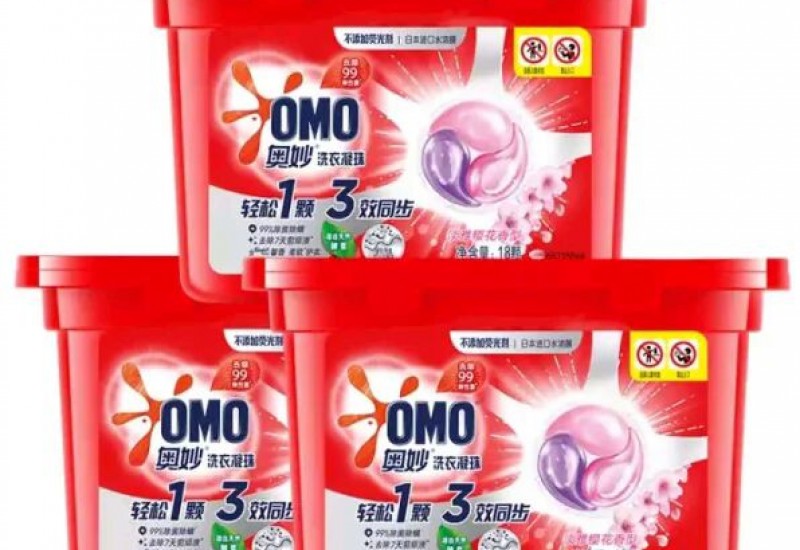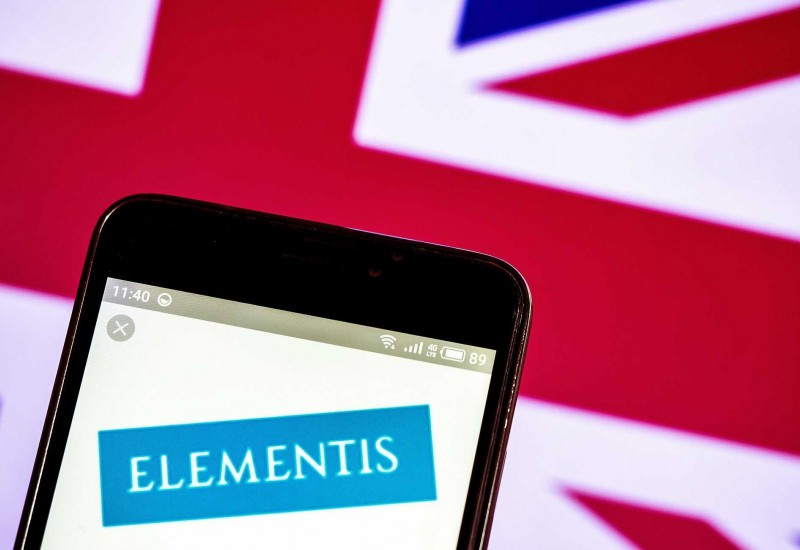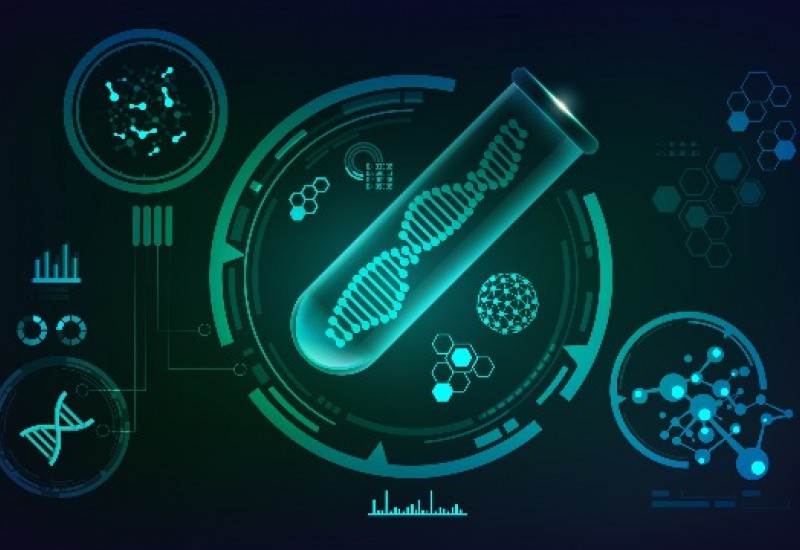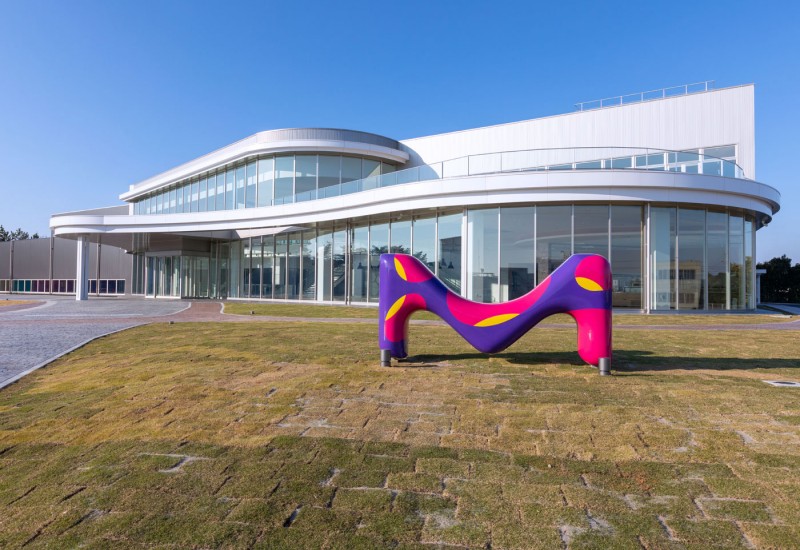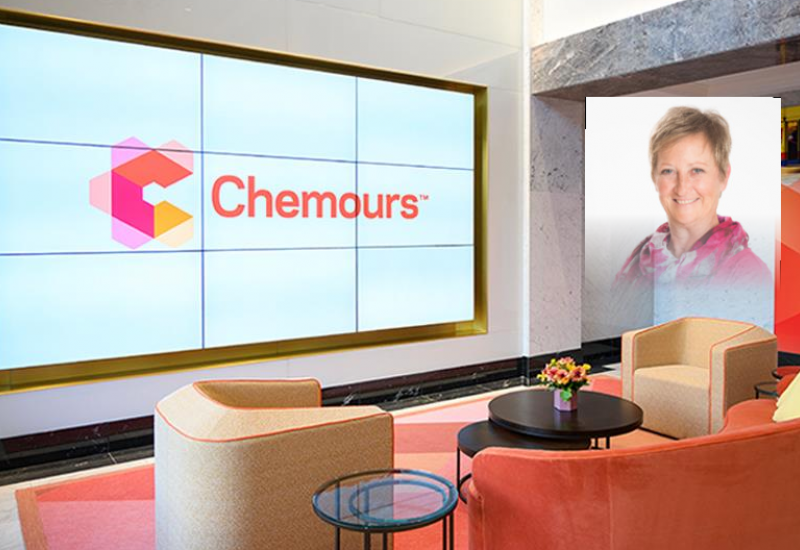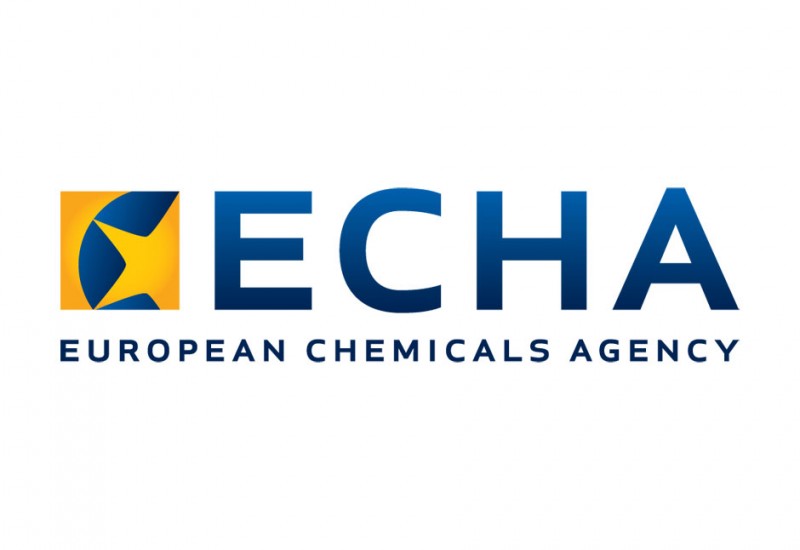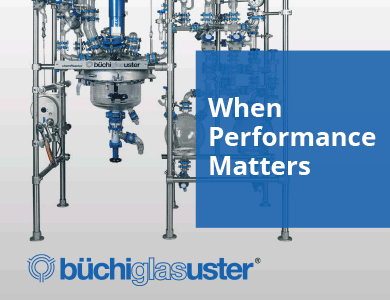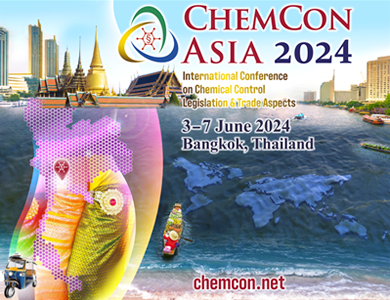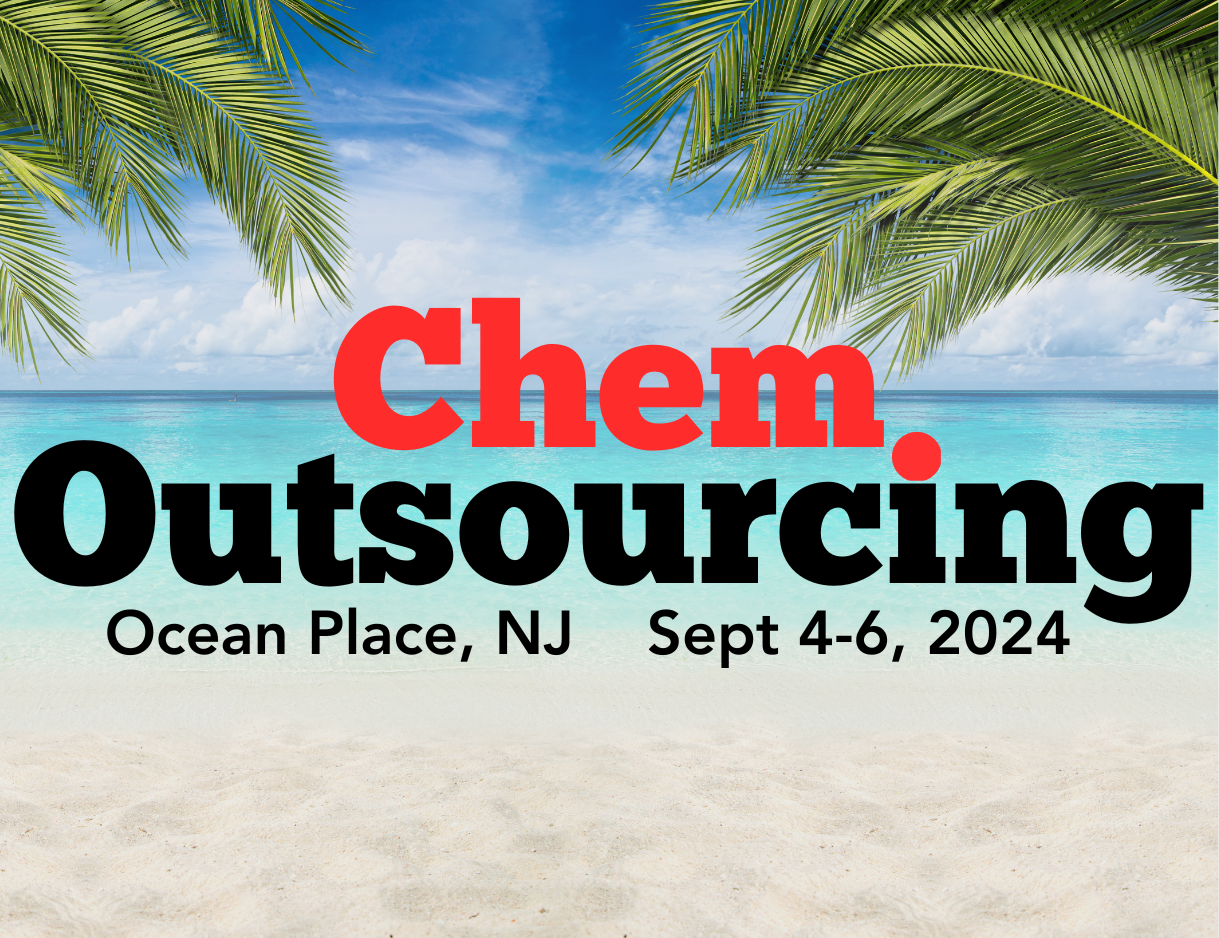ECHA has prioritised seven substances of very high concern (SVHCs) from the Candidate List and recommended that the European Commission add them to Authorisation List under REACH. All were chosen because they are hazardous, produced in high volumes and widely used, the agency said. This is the tenth such recommendation.
Among them are three siloxanes, which are produced at volumes of up to 1,000 or up to 10,000 tonnes/year. All are deemed to be harmful for the environment because they are persistent, bioaccumulative and toxic and/or very persistent and very bioaccumulative:



